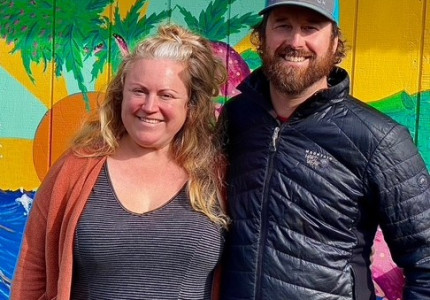“I’ve always been in the cannabis industry,” smiles Marty Clein of Martyjuana Farms.
Originally from Miami, Florida, Marty started smoking cannabis at about 12 years of age.
“Cannabis was the one thing that calmed me, settled me down and dulled the sharp edges.”
A high-achiever as a youth, Marty was a State-Champion wrestler and the student government
president. “I was busted in the ninth grade,” he says. “Even then, I was always the cannabis guy.” As an excellent student and athlete, his “Marty Parties” as a teenager were legend among his fellow classmates.
Years later, after attending the Wentworth Military Academy and enlisting in the Army, Marty was up for a promotion. Ironically, his ninth grade bust disallowed him from obtaining a higher security clearance, and Marty was summarily booted from the Army, albeit with an honorable discharge. But what Marty absorbed from that experience was some of the best lessons the military has to offer- discipline, SOP’s and structure- all of which he incorporates into his life as a cannabis farmer.
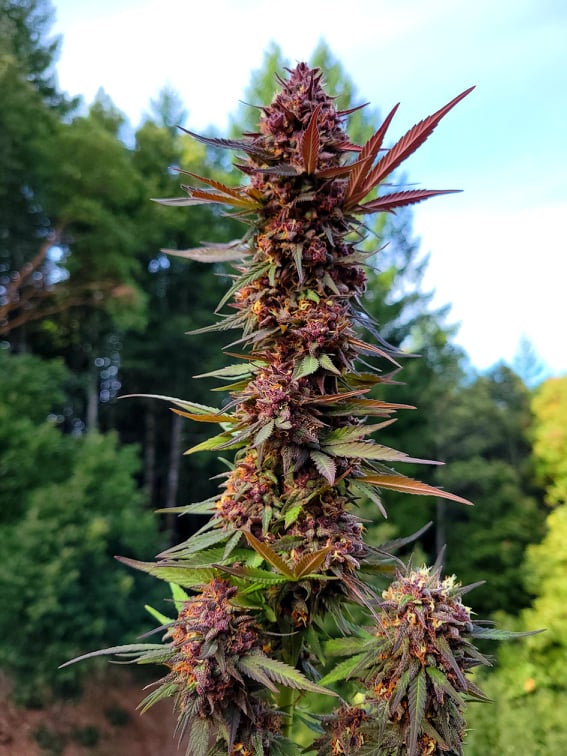 It was the frustration and abject suffering of Marty’s wife, Laura, that led the pair, married for nearly two decades to California. Laura, who lives with an extensive list of painful and debilitating medical conditions was not able to easily and safely access the clean medicine that seemed to do more for her than a laundry list of pharmaceuticals - cannabis. It was time to make a move.
It was the frustration and abject suffering of Marty’s wife, Laura, that led the pair, married for nearly two decades to California. Laura, who lives with an extensive list of painful and debilitating medical conditions was not able to easily and safely access the clean medicine that seemed to do more for her than a laundry list of pharmaceuticals - cannabis. It was time to make a move.
“We made the decision to move to California at the time of Proposition 215, which made it possible for Laura to become a patient and I could grow cannabis for her and others.” They initially settled in Sonoma Valley, where Marty received hands-on training in biodynamic farming techniques, worked in the wine industry and became a patient cultivator.
Back then, Marty had the “vibe” of the classic cannabis farmer.
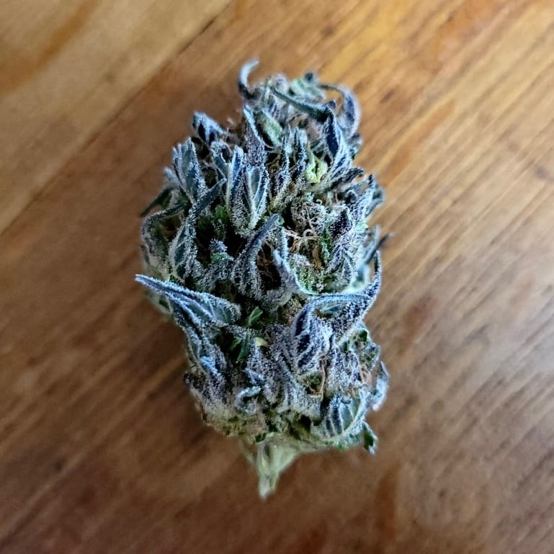 “When we lived in Sonoma Valley, I had the long hair and long beard. I was a coach for Wine Country Wrestling. We were growing and selling for patients right from our backyard. I was selling a ton of weed. When I came to Mendocino County, things were changing. I went the opposite way. I shaved the beard, professionalized the business and attended and spoke out frequently at county Supervisor’s meetings.”
“When we lived in Sonoma Valley, I had the long hair and long beard. I was a coach for Wine Country Wrestling. We were growing and selling for patients right from our backyard. I was selling a ton of weed. When I came to Mendocino County, things were changing. I went the opposite way. I shaved the beard, professionalized the business and attended and spoke out frequently at county Supervisor’s meetings.”
And today, Marty is a 2022 Cannabis Ambassador for the California State Fair- a far cry from the days of the “Marty Parties.”
Though Marty may have cut his hair, his heart and spirit continue to be informed by many of the best practices and ethics that arose during the ascendence of organic farming practices and the honoring of ancient and modern spiritual traditions.
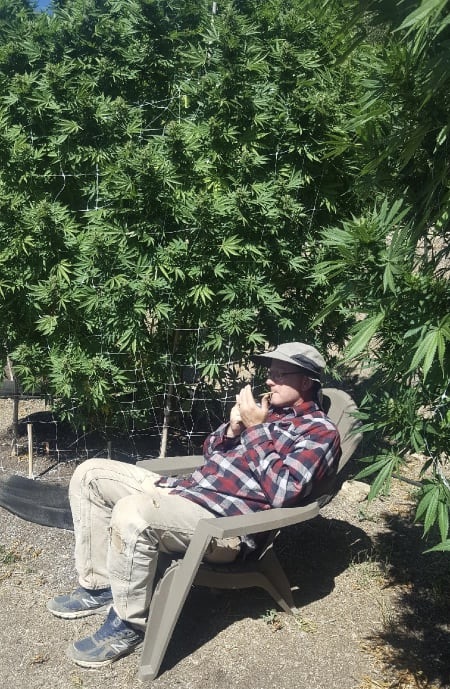 “Our motto is ’Plants by the Moon with Sun, Soil and Soul,’” says Marty. His small farm is divided into several micro-gardens, and his second maxim is, “Every plant every day.” Marty is satisfied growing a few hundred pounds of cannabis yearly, in one annual crop.
“Our motto is ’Plants by the Moon with Sun, Soil and Soul,’” says Marty. His small farm is divided into several micro-gardens, and his second maxim is, “Every plant every day.” Marty is satisfied growing a few hundred pounds of cannabis yearly, in one annual crop.
His plants are placed in the soil, fed and harvested, using the lunar calendar, which he feels imbue his crop with the special magic that his customers appreciate.
“I keep it simple and old-school, growing two-to-three hundred pounds of the highest-grade cannabis I can produce. Everything I grow I sell,” he continues. “We moved away from
growing big, giant plants to produce younger, healthier plants. This resulted in less problems all around. I used to be a genetics guy, but found there are others who do that better than me. I still grow my own strains for personal use, but for commercial production, I’m happy using market-favored cultivars.”
Marty employs a strict integrated pest management program every two weeks. “We do a heavy nematode feeding, which we start in spring, doing it every month until late summer. I find that a lot of problems come up from the soil. We release ladybugs but have found following the recent fire seasons they’re much harder to get in bulk. We harvest praying mantis in glass jars, and along with the ladybugs and the mantis’s, we utilize predatory mites and aphids. Regardless of the plant’s health at that moment, we keep to our routine. If you run a tight ship, you limit your problems.”
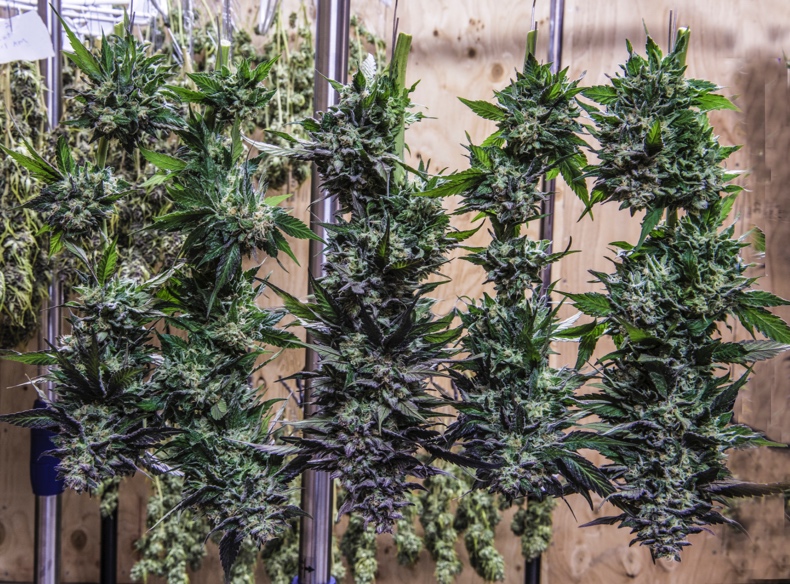 “We do deep root inoculation feedings on the new and full moons with organic and biodynamic compost teas and amendments including mycorrhizae from Paul Stamets’ Myco-grow products.”
“We do deep root inoculation feedings on the new and full moons with organic and biodynamic compost teas and amendments including mycorrhizae from Paul Stamets’ Myco-grow products.”
“This past year was one of our best harvests in the past ten years. It was similar to 2012. We had heavenly light rains in September that cleansed the flower perfectly prior to harvest.”
Marty’s meticulous practices continue into his post-harvest production.
“When we harvest, we hang the 14-18” branches over the edge of a bin, with nothing touching them. We place the bin delicately on the scale and then directly into our drying room to hang- no compressing. Imagine a rose at the peak of its beauty and doing to it what some people do with their cannabis flowers, stacking them one on top of the other. It’s a meticulous process that is in line with our hand-curated, high-quality ethic.”
 Marty agrees with most farmers, stating that post-harvest protocols are perhaps the most important part of the cannabis life cycle. “You have to preserve the herb like all other herbs to maximize flavonoids and terpenes. At our farm, we have a four-part process to dry, cure, preserve and store. That enables me, as a single-season farmer to bring the best possible flower to dispensaries such as Kure in June and still keep customers happy.”
Marty agrees with most farmers, stating that post-harvest protocols are perhaps the most important part of the cannabis life cycle. “You have to preserve the herb like all other herbs to maximize flavonoids and terpenes. At our farm, we have a four-part process to dry, cure, preserve and store. That enables me, as a single-season farmer to bring the best possible flower to dispensaries such as Kure in June and still keep customers happy.”
Along with flower, Marty sells three or four flavors of prerolls, smalls and bubble hash.
“A lot of customers don’t realize small buds are as potent as big ones but sold at a substantial discount.”
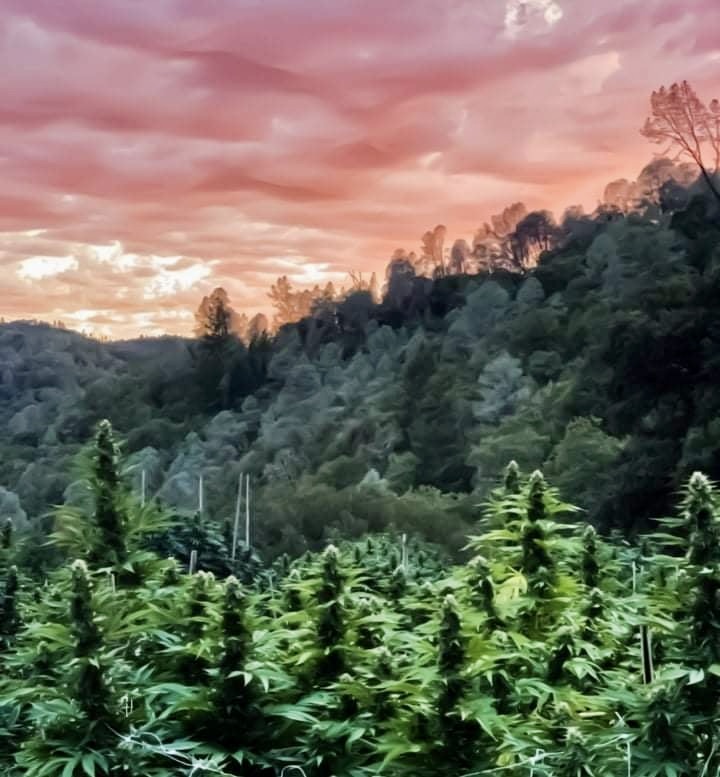
He believes that his attention to detail helps him attract and keep well-educated, satisfied customers.
“I do miss the simplicity of the Prop 215 days. The justification for the law was the ability for patients to purchase and consume the amounts they needed to alleviate their symptoms.”
Marty is grinning and bearing the adversities that regulation has placed upon his ability to earn a living.
“The idea that we even have a cultivation tax is insane,” he notes. “No other crop is taxed just to grow it.”
Marty’s reflection: “Martyjuana will never cut corners. We will always approach cannabis as medicine. I’m happy and grateful that people enjoy our flower.”
Martyjuana™ entered Alien Cookie Walker – aka “ACW” in the Kure Mendocino Invitational. Visit @martyjuanafarms on Instagram, Martyjuana on Facebook and the website.


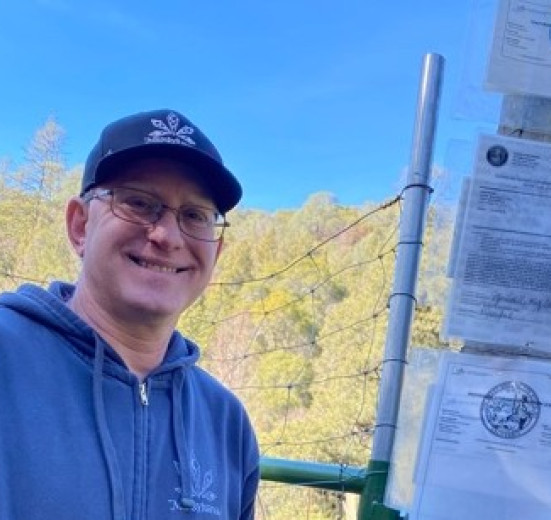

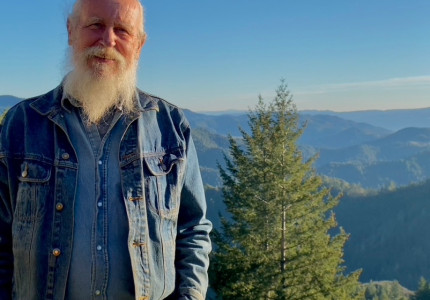
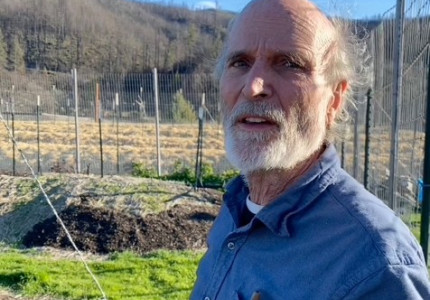
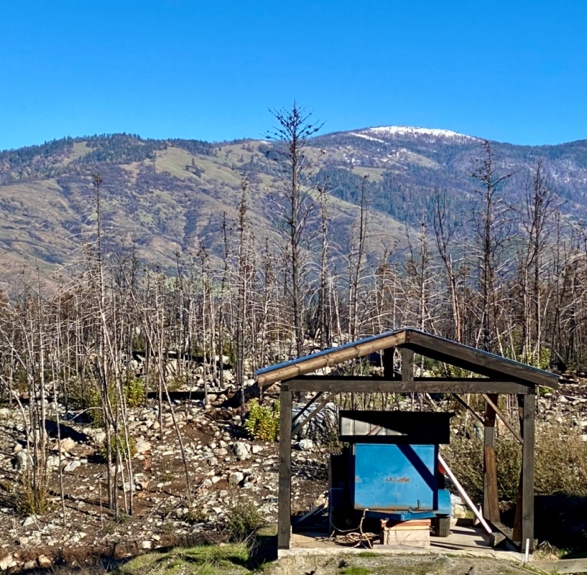 “I’ve only quit smoking three times since 1964,” he smiles.
“I’ve only quit smoking three times since 1964,” he smiles.